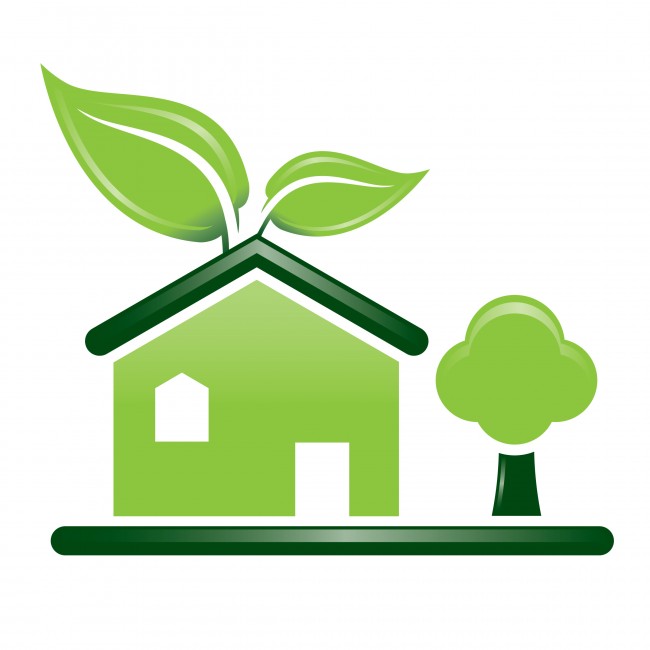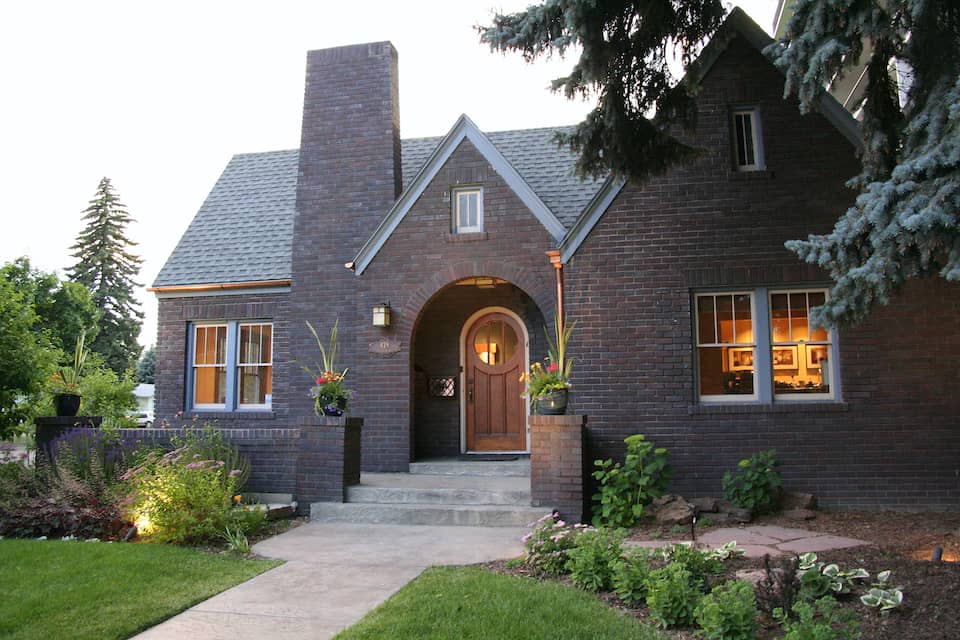Spring has officially arrived and we’re seeing hints of green pop up all around, inspiring us to take a look at another “green” topic: sustainable remodeling. We love being nestled in the heart of an environmentally conscious community, so we’ve put together a list of our favorite options for helping you go green (without costing a lot of green).
We all know it’s important to do our part to conserve, but the complexity of green living can feel overwhelming. Do you need to live in a yurt and only eat seasonal vegetables you grew in your garden? Inspiring, but probably not realistic for most of us. Is there more you can do than popping a recycling bin under the kitchen sink? Our short answer is “yes.”
Remodeling an existing home is inherently more eco-friendly than new construction because you are upgrading rather than replacing, repurposing rather than building new. Sustainable remodeling goes a step further by prioritizing home improvement choices that improve energy efficiency, resource conservation and a healthy indoor environment.
In an effort to help maximize sustainability in your remodel, we’ve compiled four eco-friendly tips:
1. Enhance your home’s energy efficiency
Begin with a home energy audit to find leaks. Remodeling is a great time to add insulation, seal drafts, install new windows, and replace old appliances and HVAC units with energy-efficient options. The reduced energy consumption is great for the planet, and it means lower utility bills every month for the life of your house.
2. Improve indoor air quality
Poor indoor air quality is linked to chronic respiratory problems. Some of the most common air pollutants in our homes are asbestos, chemicals, combustion, formaldehyde, lead, ozone, particulates, pesticides, radon and volatile organic compounds (VOCs). According to Realtor.com, wall-to-wall synthetic carpeting can contain up to 120 toxic and carcinogenic chemicals, which have been linked to a number of flu-like symptoms. Healthier flooring options include natural-fiber carpets, hardwoods, natural linoleum, cork, ceramic tile, marble and stone. Choose paint, sealer, stain, caulk, grout, adhesive and paint thinners with zero VOCs to minimize unhealthy off-gassing.
3. Conserve water use
Save water by installing low-flow plumbing fixtures, high efficiency or tankless water heaters, and high efficiency toilets and dishwashers. In Colorado’s semi-arid climate, it’s water wise to install drought-tolerant landscaping with a drip irrigation system.
4. Select the right materials
The United States Green Building Council (USGBC) suggests that sustainably-minded materials are natural and nontoxic, locally made or sustainably harvested, recycled and recyclable, energy-efficient to produce and durable. In Northern Colorado, using reclaimed or local beetle kill lumber is a great option. If planning an addition, staying within the existing footprint of your home will reduce the heavy equipment and quantity of building materials needed for the job, too.
For more ideas about sustainable remodeling, check out the USGBC’s Green Home Guide (http://greenhomeguide.com). Even if you incorporate just a few sustainable strategies during a remodel, you will contribute to a healthier living space, a happier planet and more green in your wallet.

